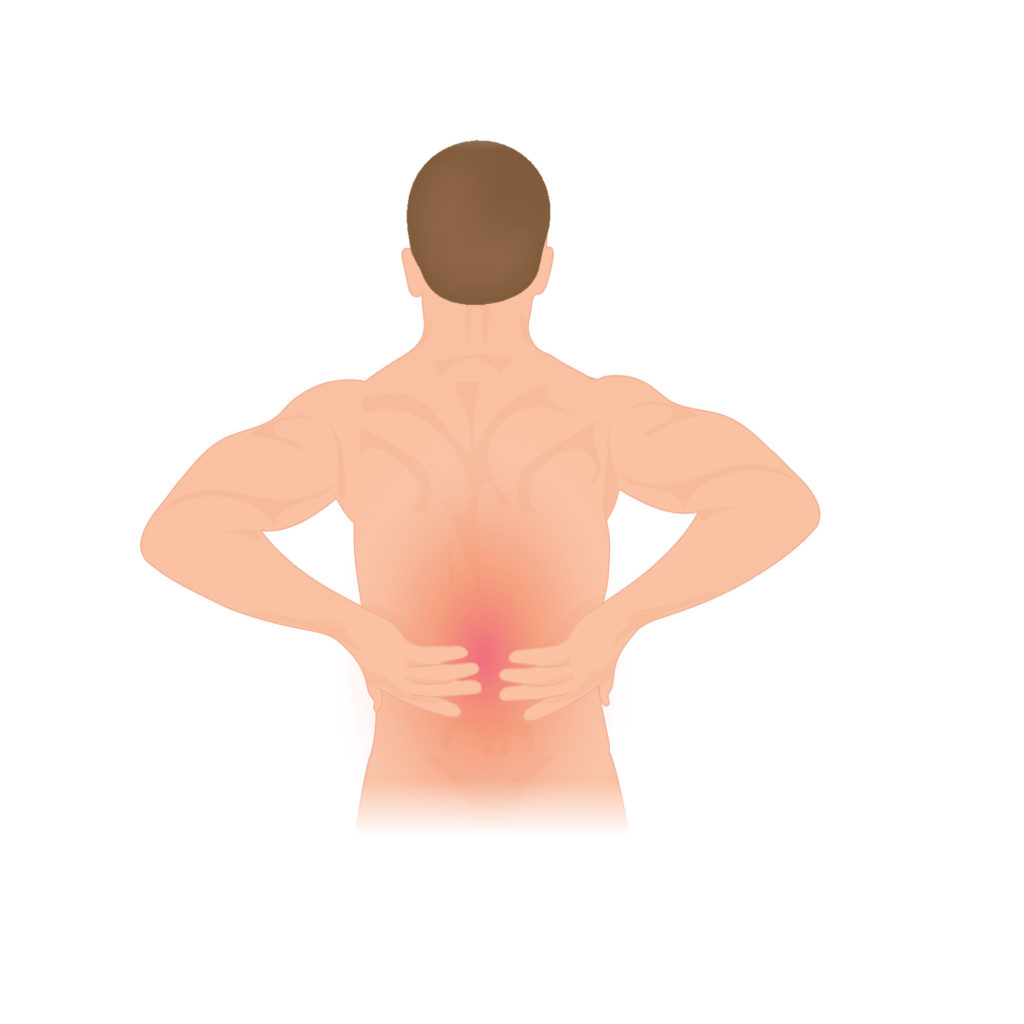Have We Over‐Egged the Pudding? Addressing the Challenge of Medical Overuse in Musculoskeletal Healthcare

Over eight million Australians suffer from musculoskeletal conditions, such as arthritis and back pain. Collectively, these conditions account for 12% of the total disease burden in Australia. While it is important to treat these conditions, it is also possible to overtreat people, leading to healthcare waste and potential harms. Getting this balance right is a challenge.
As PCHSS investigator Professor Rachelle Buchbinder and colleagues explain, healthcare is a bit like making a pudding: “if you skimp with the eggs a pudding won’t hold together and if you use too many eggs the pudding will go rubbery.”
In their paper, “Musculoskeletal healthcare: Have we over‐egged the pudding?”, in the International Journal of Rheumatology (accepted in September 2019), the authors draw on the field of overdiagnosis (wherein diseases, which would not have otherwise harmed the patient, are identified and treated unnecessarily) to explain the causes of medical overuse in the treatment of musculoskeletal conditions.
The first, overtesting, refers to patients receiving unnecessary tests – for instance, when guidelines encourage a “diagnostic work-up and/or specialist referral if even a single red flag is positive” on a long list of red flags.
The second, overdetection “refers to the identification of abnormalities that resolve spontaneously or would not progress sufficiently to cause symptoms or harm during a person’s lifetime.” A common example of this are surgeries such as knee arthroscopies, which are “now known to be no more effective than placebo.”
The third form of overdiagnosis identified by the authors is overdefinition. This entails the practice of “changing disease boundaries”, which can occur as the result of “lowering the threshold that defines a disease or by expanding disease definitions.” This seemingly innocuous action can have serious consequences, as it can fail to fully consider the ways in which patients’ lives will be affected by the changes. The authors offer the following striking example:
The initiative “Pain as the Fifth Vital Sign” lowered the threshold for medical treatment of pain to any pain score >0. This change has been suggested to be one of the important drivers of the current opioid epidemic which has claimed hundreds of thousands of lives.
The final form of overdiagnosis is overtreatment, which refers to treatment with no net benefit. According to the authors, a core challenge on this front is the belief that “more is better” and “new is better”.
The authors conclude by saying that while “the media often portrays medical overuse as being deliberate, driven by greed and dishonesty, often medical overuse is well intentioned.” To tackle the challenge, they recommend promoting greater awareness about the pervasiveness and potential pitfalls of overdiagnosis, as well as a research program to “characterize the problem, identify causes and develop responses to address it.”
Learn more about healthcare waste and low-value care from our publications.

